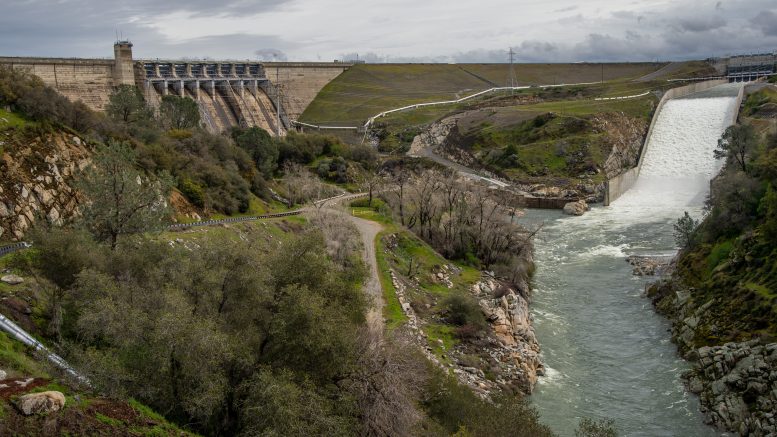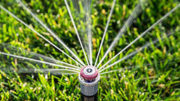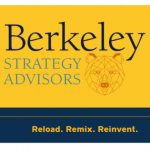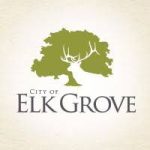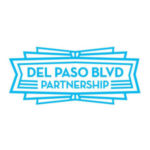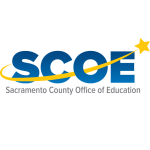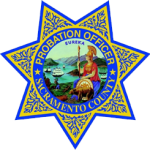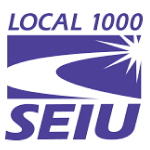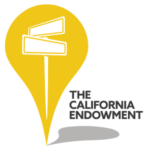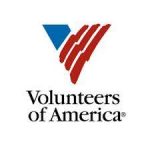No city can manage its water needs alone. To be ready for anything from drought to deluge, it takes partners to keep taps flowing.
The City of Roseville, for example, works with regional partners as well as state and federal agencies, explains Sean Bigley, Roseville’s Assistant Environmental Utilities Director. Its regional partners share water from the same major sources: Folsom Reservoir, the American River and underground wells. State and federal agencies govern water policy from a broader perspective, including long-term solutions such as building new reservoirs.
By working together, these partners can make the most of every drop.
“Our key partner is PCWA (Placer County Water Agency),” Bigley notes. “We both get water from the middle fork of the American River; they source their water upstream.”
In developing its water policy and planning, Roseville balances its needs with the health of the American River watershed. As part of the Water Forum agreement, the City works with regional partners to protect the river’s flow. “It’s really the right thing to do and the sustainable way to manage water,” Bigley says.
In January, after major winter storms, Roseville and its partners made use of all that winter rain by recharging groundwater while working with the federal Bureau of Reclamation.
“It’s one way to reduce impact on the lower American River when it really counts,” Bigley says of the groundwater reserves. “(Reclamation) is a really good example of a federal joint (water project) working well with local agencies.”
Residents do their part
Also partnering in Roseville’s water-use planning are its residents. Ultimately, they determine how much water Roseville needs and they’ve been responsive to conservation efforts.
Statistics show Roseville residents have embraced water-saving. In February 2023, Roseville residents used 60 gallons per person—5 gallons per person below the City’s target use, according to the City’s Open Data website.
After two prolonged droughts and growing awareness about the need to save, water usage in the greater Sacramento region is actually lower than it was two decades ago—even while the population has grown.
In 2001, the area served by the Regional Water Authority—the umbrella organization that partners with 22 local water providers, including the City of Roseville—totaled about 1.5 million residents. By 2021, that same area had more than 2.1 million people—a 40% increase.
During those same 20 years, per capita water use decreased from more than 290 gallons per day (GPD) to about 180 GPD—a 38% drop.
“By working together, our resources can be managed for the long term for a sustainable water supply for our region.”
Jim Pifer
Executive Director, Regional Water Authority
Finding a common voice
Formed in 2001, the RWA “is a joint power authority serving the greater Sacramento region,” explains Jim Peifer, RWA’s Executive Director. The RWA partners with cities, special districts, counties and investor-owned utilities—“the stakeholders for managing water quality and availability.”
Before the RWA, it was up to each agency to basically fend for itself.
“We have a lot of water agencies in our region, but they didn’t talk to each other,” Peifer says. “The Regional Water Authority was formed out of the Water Forum experience. It got them thinking about working together.”
The Sacramento Water Forum represents a diverse group of business and agricultural leaders, citizen groups, environmentalists, water managers and local governments. Together, they forged a 30-year agreement on regional water needs and use; that pact expires in 2030. A new pact is now in the works.
The same spirit of cooperation fuels the RWA.
“(The RWA) allows our member agencies to get together and speak as one within the region,” Peifer says. “We share things on a regional level—our watershed, the Folsom Reservoir, the American River. We have a collective interest.”
Working together becomes even more crucial in times of change or crisis.
“Climate change will be very impactful,” Peifer says. “By working together, our resources can be managed for the long term for a sustainable water supply for our region. It’s very important for our member agencies to work together.”
Instead of replicating each other’s efforts, these agencies can pool resources, money and time, helping each other be more efficient and effective.
An example of how this cooperation helps is the RWA’s water-efficiency program including advertising, rebates, incentives and the BeWaterSmart.info website. By working together, local water providers have a much better chance of making a lasting impact.
“It’s really, really helpful to all have the same messaging,” Peifer says. “When we work together, we all benefit.”
For more information on the City of Roseville, see https://www.roseville.ca.us/.

